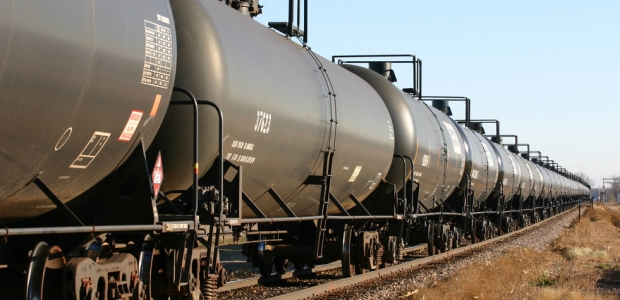
Canadian Disaster Calls Hazmat Documentation Into Question
Based on its investigation of the Lac-Megantic derailment, the Transportation Safety Board of Canada sent advisory letters to U.S. and Canadian agencies, and NTSB said it shares TSB's concerns.
The Transportation Safety Board of Canada sent advisory letters to North America's transportation regulatory bodies this week, recommending that they take steps to ensure that properties of dangerous goods are accurately represented in shipping documents. The letters arose directly from TSB's investigation of the July derailment disaster in Lac-Megantic, Quebec.
The letters went to Transport Canada and DOT's Pipeline and Hazardous Materials Safety Administration. The ongoing investigation of the Montreal, Maine & Atlantic Railway derailment on July 6 has produced evidence that the hazards posed by the petroleum crude oil transported in the tank cars on the train was not accurately documented, according to TSB. "Petroleum crude oil is classified as a Class 3 Dangerous Good (flammable liquid), and is further divided into packing groups (PG) to further categorize its hazards (PG I being most hazardous, to PG III being least hazardous). In analysing product samples from the 9 intact tank cars from the Lac-Mégantic accident, the TSB identified the product as having the characteristics of a Dangerous Good of Class 3, PG II product. However, the product was offered for transport, packaged, and transported as a Class 3, PG III product, which represented it as a lower hazard, less volatile flammable liquid," according to the agency.
The lower flash point explains why the crude oil ignited so fast once the railcars were breached, TSB reported.
NTSB posted a statement Sept. 11 saying, in part, "We share the TSB's concern. Clearly understanding the hazardous characteristics of what is being transported is one of the keys to safe transportation."